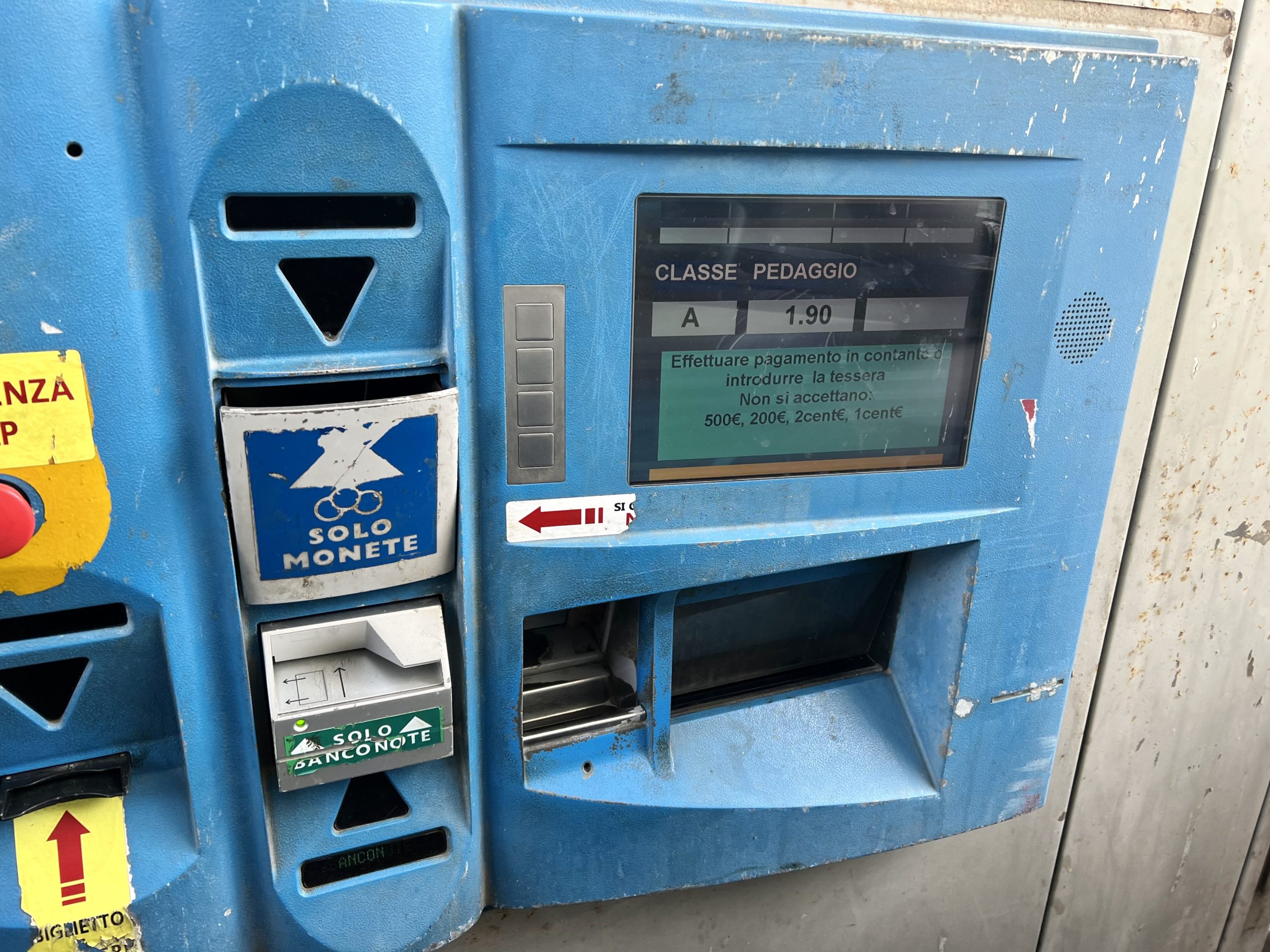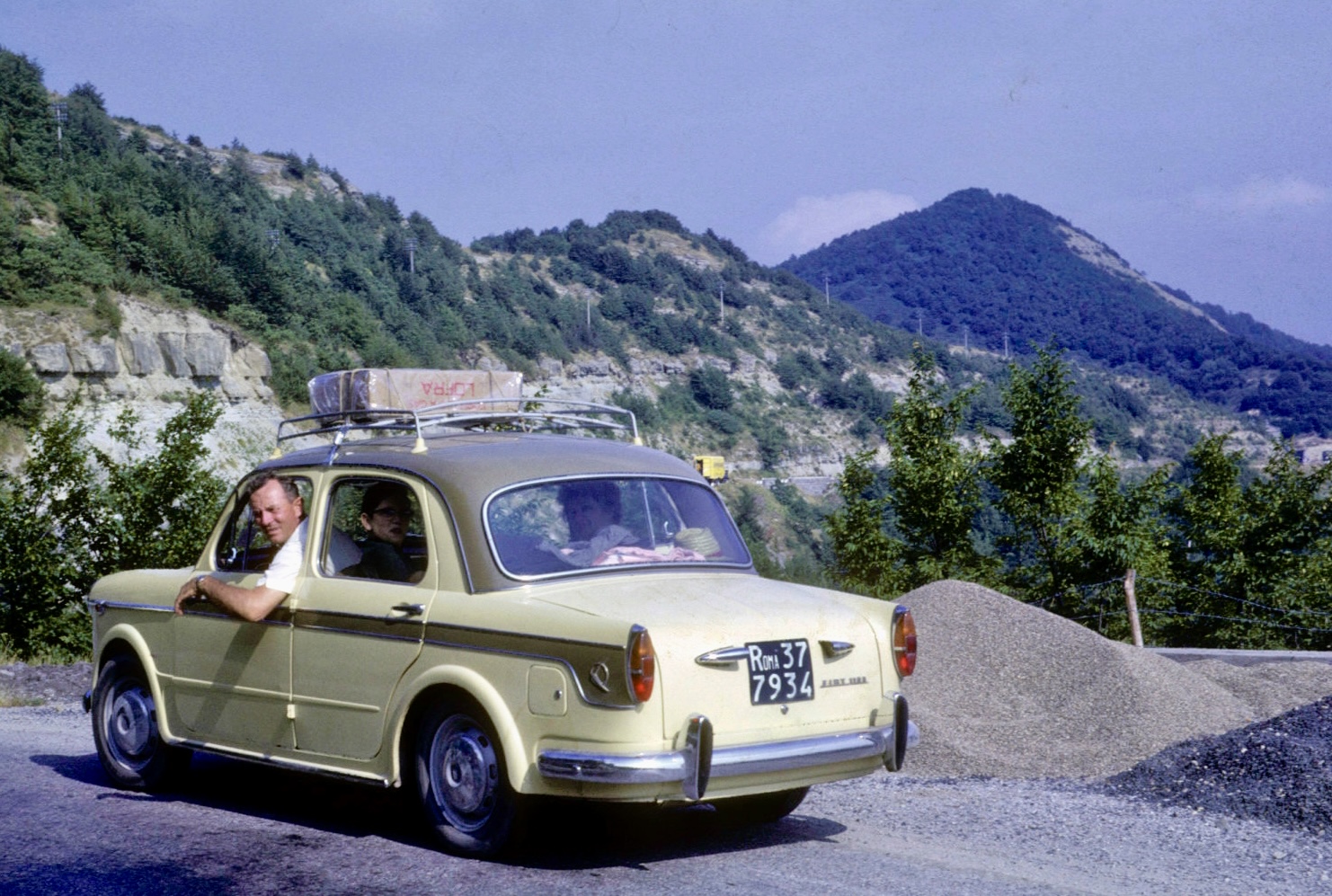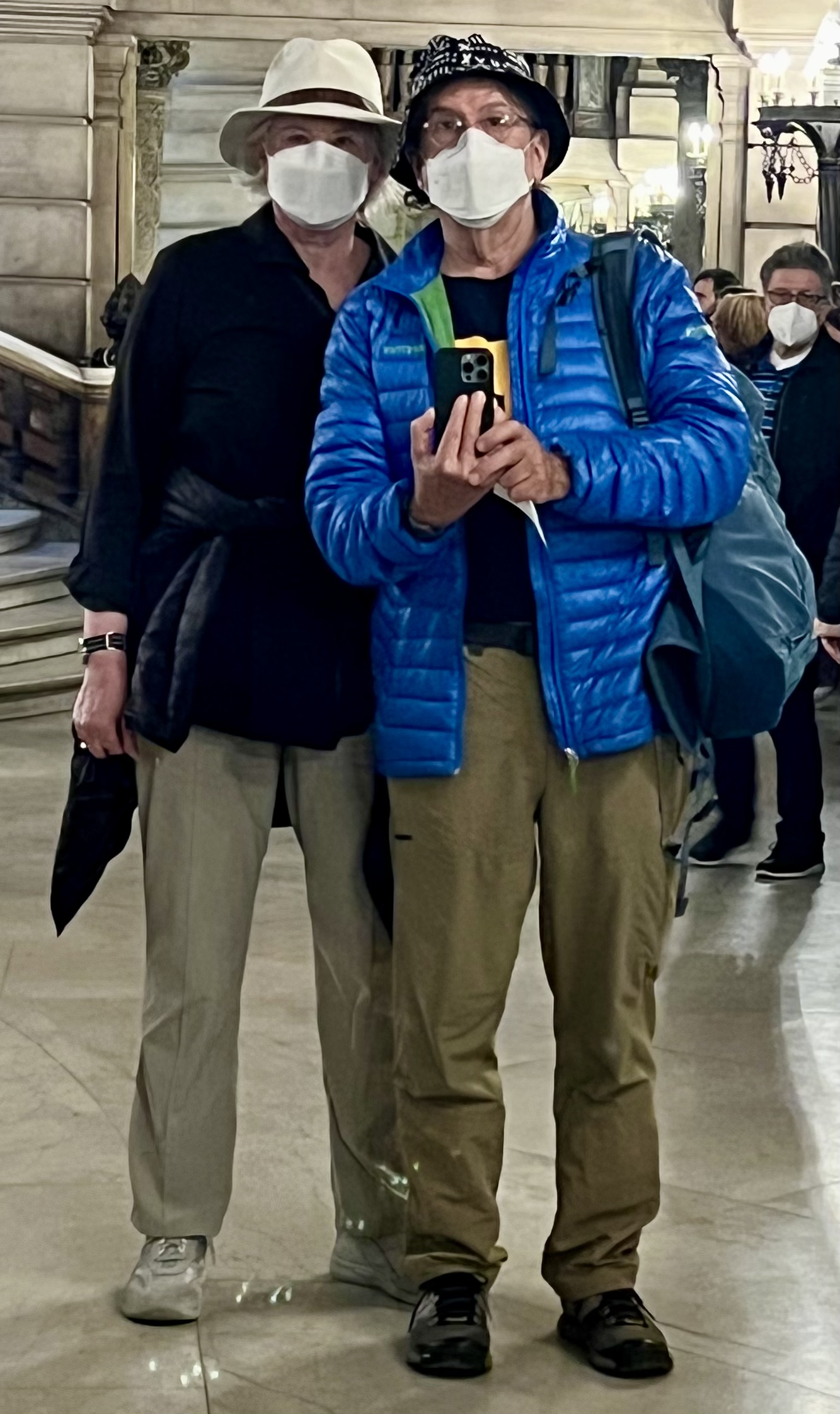02 December 2022
Although we are reluctant to admit it, not everything is gelato and spritzes on a beautiful terrace in the late afternoon sun. We have daily frustration with navigation, both in the car and on foot. Being directed into a street that is too narrow for the car is horrifying. Robert has now learned how to pull in the sideview mirrors with the engine running. Richard showed Robert how after one bad episode in Scicli, in the dark and rain, when he had to back up the car in a narrow street for about 100 meters requiring several cars behind him to do the same. Robert still has not mastered backing up the car. May never. But it is difficult to remember how we managed in the past without navigation on our phones. Fortunately we don’t get too frustrated with one another.
Apple vs. Google Maps vs. Waze is an interesting comparison. In 2019, Apple Maps were terrible. We remember one time when we requested directions for a restaurant in a small town in Sicily but ended up at a residential address; when we called the restaurant for help, it turned out to be in Florence! We had a few frustrations on this trip when Apple navigation told us to exit the autostrada, sent us on a small country road, and then redirected us to rejoin the autostrada. Why? In another instance, we were within one block of two grocery stores, and Google Maps did not direct us to either. Richard and Robert believe that Apple Maps is starting to catch up and Google maps is begining to flounder. But Apple needs to catch up with Waze; although Waze was almost nonexistent in 2019, it is now by far the best for car navigation. We brought our Garmin navigator on this trip, but no need to do that in the future. One thing less to pack. The leased car has Apple Play and we bought a dashboard holder for our iPhone. So, our current recommendations for navigation tools are
- Waze – Use for car navigation. It is light years ahead of the others. Clear audio that even comes close to the Italian pronunciation of the streets, and as in the USA its directions include private drives and parking lots.
- Google Maps – Use for walking and transit (bus, taxi, train) directions. Also the best for listing of restaurants where you can filter your choices by type, price, and rating. But be aware that even though it and the restaurant website say they are open, sometimes they are not. But the blue dot is sometimes confused about where you are, especially if you are tightly surrounded by buildings.
- Apple Maps – Use as a backup for walking. Does not have transit. Restaurant searches are not as flexible as in Google Maps. Apple must know that they have a steep technical hill to climb. We are still waiting for a major upgrade.
Because we walk at least five miles a day, Bonnie had foot pain almost daily for the first six weeks and was always much too hot from the end of August through all of September. But now her feet seem to be in good shape for plenty of walking and the weather is cool. And she carries a fan; museum stores here sell great ones. She still gets exhausted from trying to do too much in one day even when Robert asks her if she would like to stop. Too many great things to see.
Uneven steps and cobblestones often make us stumble. Many bathrooms even have two floor levels varying by about three inches. Hard to remember this when you have a towel over your wet hair.
Public bathrooms, although clean, often have no toilet seat. What’s with that? And sometimes no toilet paper. Cousin Luciana told Bonnie to always take tissue with her.
And accidents happen. Bonnie tripped on an uneven sidewalk in Marsala and hit her head. Not at all hard, but Robert and Richard heard a crack. We agreed we needed a trip to the emergency room for a scan, just to be safe. As we drove back to Palermo, Domenico told us by phone which hospital to head for. By then Bonnie’s shoulder and elbow were getting painful. Although it was scary to arrive in this unknown place in the cold and dark, everything went smoothly. We had heard excellent reports about Italian healthcare, and we found things well organized. Because of covid precautions, Bonnie was on her own, and few hospital staff in Palermo spoke much English. (Of course, she had Robert and Domenico available by phone.) But the waiting room was far less crowded and chaotic than in the US. At most, there were a dozen other people waiting, all spread out at a safe distance. The experience was seven hours total of mostly waiting, exactly like in the US. But Bonnie got a covid test and the appropriate X-rays and scans and was relieved to find out that nothing was broken. There was no charge (as of yet). Maybe just because the staff didn’t want to be bothered.
Italian washing machines are a mystery. There are so many variables to consider, like temperatures in centigrade, and the wash cycle takes forever. Robert had one cycle programmed for more than six hours! He caught this mistake at hour 1.5. Robert learned to get careful instructions from the host at each apartment that comes with a clothes washer. Richard was baffled. Bonnie has not even tried.
Eating is messy. Pasta and chocolate are the main offenders. Bonnie’s Tide stain remover pen always gets a workout. She asked Richard to bring her a couple more. Robert says next time to pack six.
Driving the autostrada is a game of what speed limit will pop up next. You can be driving at 130 KPH and the speed limit will drop to 80. You hear warnings on Apple Car Play that you are approaching a speed limit camera set for 70KPH, yet you are in a speed limit zone of 50. You approach a bridge, and the speed limit drops to 80. And, you will come across traffic cones and a reduced speed limit of 60KPH for construction in progress, but there is no construction going on. Speed limits can change three times within a few minutes. AND YET, the Italian drivers zip on through, exceeding whatever speed limit by at least 50 percent. Stop signs? They don’t believe in them.
Autostrada toll booths are interesting too. They have mutiple ports for your paper ticket, credit cards, paper money, coins, and coin returns. The issue is that they aren’t very accessible. You have to get your vehicle within a few inches of the machine and the access points are usually too low for your seat level. Robert believes that they were designed in the 60s by some engineer that only owned a Fiat 500—small, short, and easy to manuever within a few centimeters of a vertical obstacle. Robert’s cousin Myriam agrees. She can’t reach the slots.


We arrived in Italy in late August. Still the season for mosquitos. And they are aggressive. The Italians have good mosquito repellents. But when Robert took out a cortisone pen to relieve the itch, he became the best friend of everyone sitting nearby. He will bring a dozen on the next trip for gifts.
You can’t hide that you are American. Don’t even try. Eighty percent of the time, Italians will first speak to you in English. This is very much the case in restaurants. Most menus are in both Italian and English. We asked Domenico how he spots an American. His response: baggy pants (e.g., REI, Pantagonia, Columbia) and funny hats (i.e., not a baseball cap). Smart guy. Robert remembers his father being taken aback in 1962 when he was easily spotted as from the US. It was the clothes then, too. On the bright side, once we speak Italian to people we meet, eighty percent will respond in Italian. It’s given us great practice in improving our Italian.


I’ve also noticed the missing toilet seats in public bathrooms in Europe and South America. Maybe they don’t want people to linger? I’m in Germany now. Yesterday I came across self-sanitizing toilet seats in a train station. I pressed the button to flush (I thought) and the toilet seat traveled through a cube attached to the back of the toilet and emerged sanitized. Could not figure out how to flush. It flushed automatically when I opened the door. I always liked the signs in Germany asking (or ordering) men to sit down when they pee.